In the Field: Safety Workers’ Vital Role in a Biochemical Water Treatment Progress
Home / Projects
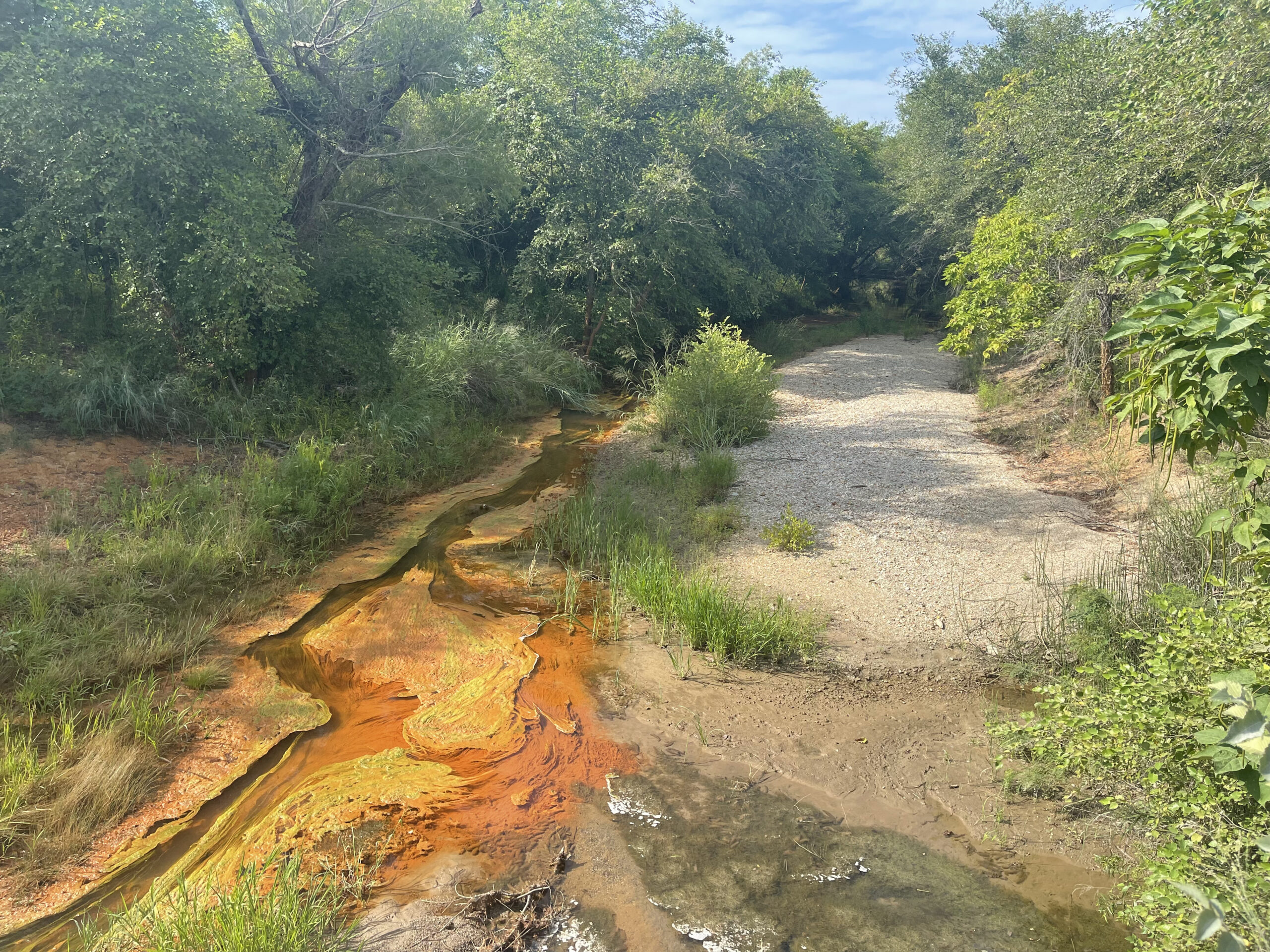
Tar Creek
“A future where our water bodies can flourish, free from the grip of contamination, is being crafted by safety workers who are empowering our waterways through the silent but powerful force of bioremediation. They stand as unwavering guardians, seamlessly fusing innovative technology with a profound respect for ecological preservation”
The Tri-State Mining District, which encompasses northeastern Oklahoma, southeast Kansas, and southwest Missouri, includes the Tar Creek Superfund Site. Initially, the location mined lead and zinc to produce bullets during both World Wars. When mining operations halted in the 1970s, mining waste—referred to locally as “chat”—was still visible on the surface of the site. Lead, zinc, and cadmium concentrations in chat pose a threat to both human health and the environment. Chat should not be interacted with by anyone. At the Tar Creek Superfund Site, cleanup efforts for the more than 30 million tons of chat are still ongoing.
Hidden dangers exist in the tranquil yet powerful flow of water, and they must be addressed immediately and strategically to safeguard the environment and the general people. Safety professionals work through the complexity of biochemical water treatment projects while utilizing the force of bioremediation to fight water pollution. They do this at the nexus of cutting-edge technology and unwavering dedication.
Workers in safety are at the vanguard of the fight against the contamination and pollution that threatens our valuable water resources. They enter toxic places while wearing protective clothing and are equipped with a variety of bioremediation tools. Undaunted by the difficulties, they are motivated by a strong desire to protect the environment.
The process of bioremediation emerges as a silent but mighty warrior in this conflict with pollution. The approach provides a more eco-friendly, long-lasting alternative to conventional chemical treatments by using microorganisms to convert toxic compounds into harmless byproducts. Therefore, biochemical water treatment projects balance effectiveness with ecological preservation, reducing the influence on local flora and animals.
Please stay tune with Phoenix Harvest as we demonstrate a small remediation proof of concept with the contaminated water, sludge and chat. We will publish before and after test results for the public.
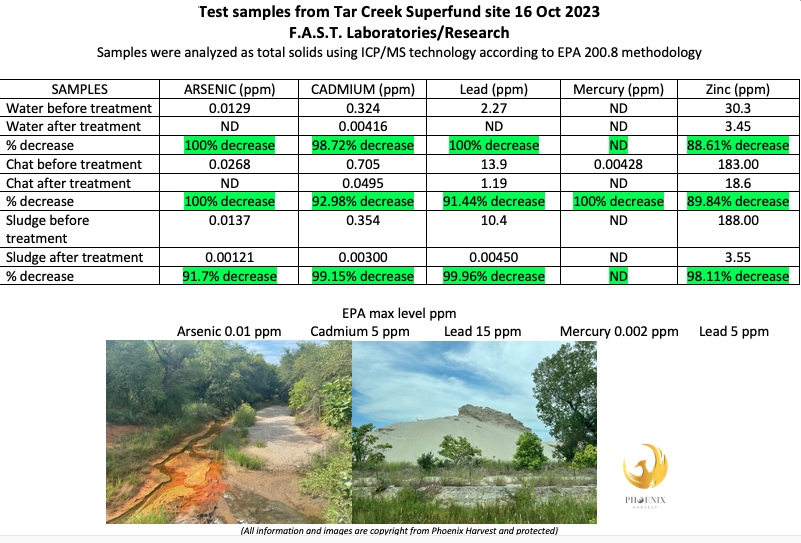
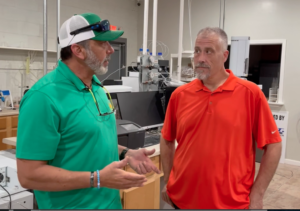
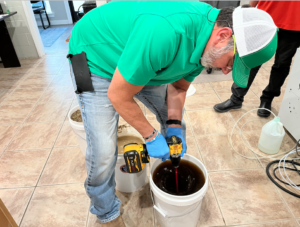
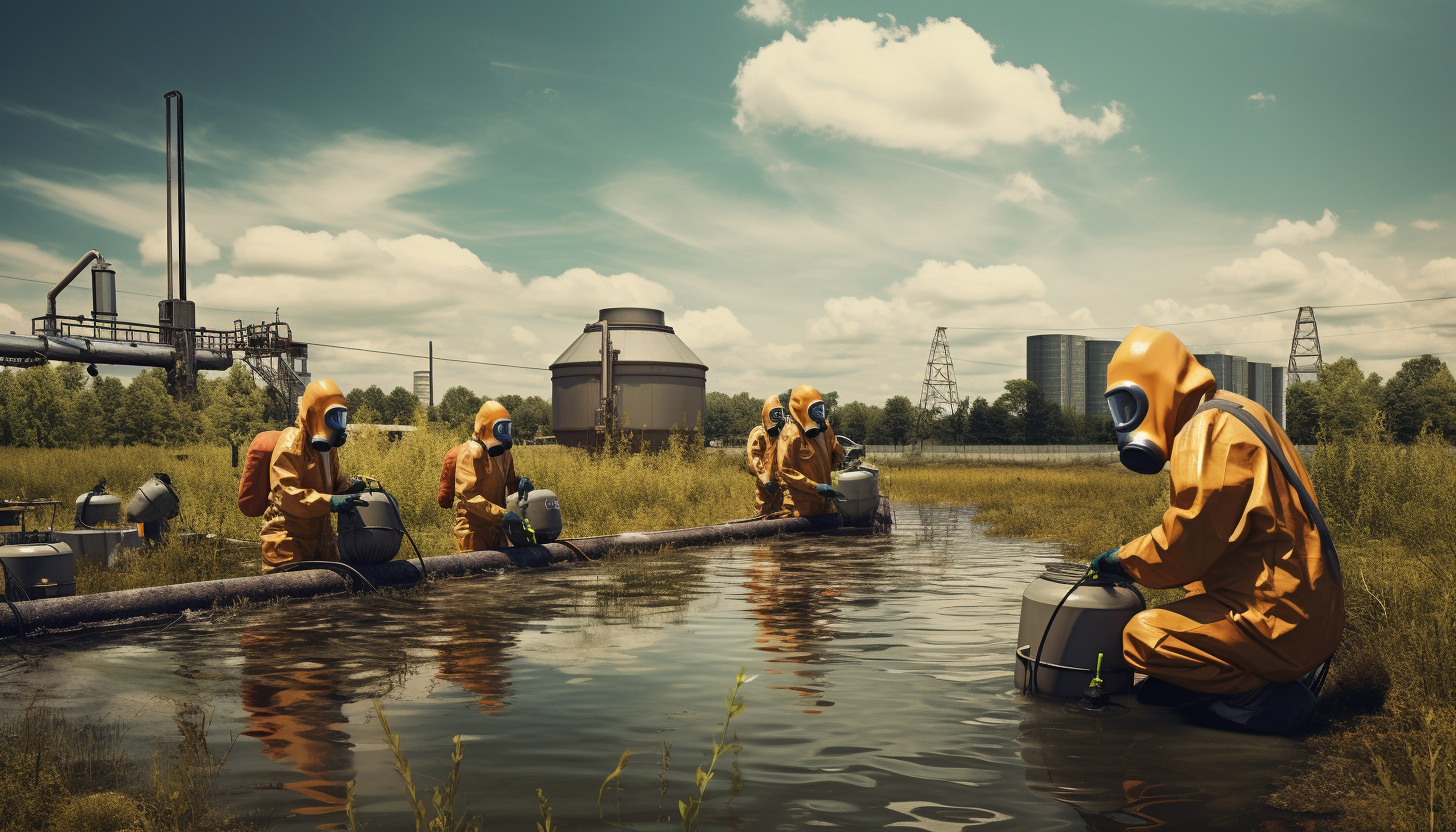
Bioremediation: Completed Projects
- Utah Wastewater
- South Africa
- Kuwait Bay
- Citrus Plant Disease
- Fruit & Nut Trees
- Saudi Arabia
- Mexico
It is crucial to ensure the safety of personnel exposed to potentially dangerous situations. Their operations are supported by adherence to exacting protocols, the use of protective equipment, and rigorous compliance of safety regulations. through protect them from potential risks and maintain the integrity of the remediation process, every step—from the initial assessment through the deployment of treatments to the post-remediation evaluation—is meticulously planned.
The course of a field day is regimented and well-planned. Safety workers carefully apply bioremediation agents while wearing protective gear, watching the process closely and making adjustments to the procedures as necessary. A tangible regard for the environment and a shared commitment to its rehabilitation and preservation can be felt among the technicalities.
Safety personnel’ tireless efforts not only immediately improve water contamination, but also set the ground for the establishment of a paradigm in which bioremediation is widely acknowledged and used. The fusion of bioremediation and the persistent efforts of safety employees shines a beacon of hope into the road of sustainable environmental stewardship as the world struggles with growing environmental catastrophes.
Safety employees play a crucial part in advancing successful biochemical water treatment projects through the complicated dance of science, dedication, and on-field praxis. Their dedication, along with the reliable, environmentally friendly bioremediation methodology, helps to weave a tapestry where environmental preservation and technical growth come together, fostering a future where water bodies can flourish free from the specter of contamination.
